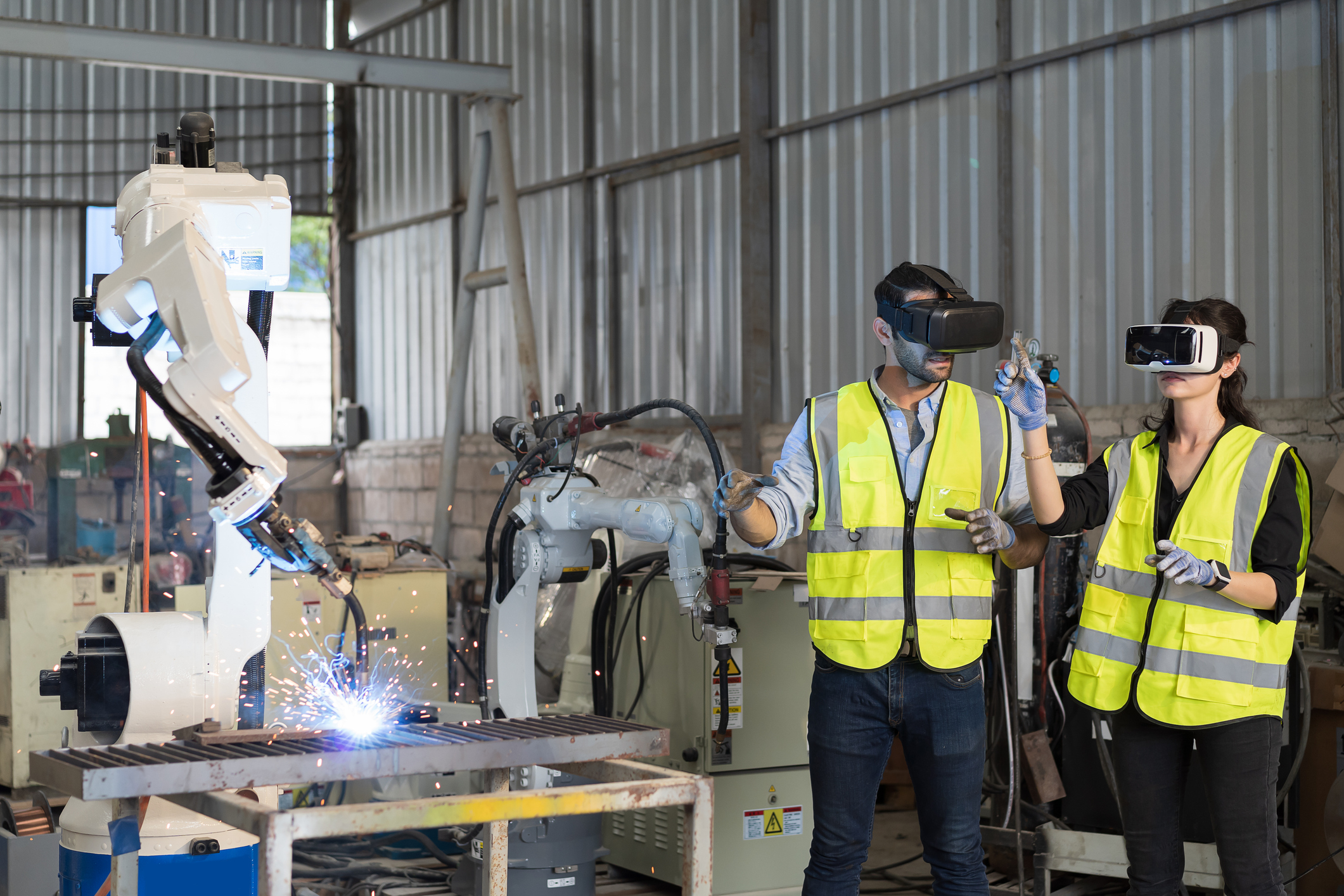When we think about robotics, especially in high, stakes contexts like surgery, we often imagine advanced machines, complex algorithms, and high, tech labs. But sometimes the best way to design the future is with cardboard, PVC pipes, and a bit of puppetry.
In our recent research, presented at DIS 2025, we explored how embodied, low, fidelity prototyping can help bridge the gap between technical development and the lived realities of people who work with robots.
The Challenge
Robotic, Assisted Surgery (RAS) is a complex and dynamic human–robot interaction (HRI) settings. Surgeons rely on tacit, embodied knowledge built up over years of practice. Engineers bring deep technical expertise. Human factors specialists understand the cognitive and ergonomic limits of people in high, stress environments.
But bringing these perspectives together can be challenging, especially early in the design process. Too often, technical development runs ahead of human needs, leaving systems misaligned with real, world practice.
Our Approach: The Kinematic Puppet
To address this, we developed the kinematic puppet: a modular, tangible prototyping tool that allows users to physically “puppeteer” a robot arm without needing code or expensive equipment.
- Built with 3D, printed joints, rotary encoders, and PVC linkages, it’s reliable, reusable, and reconfigurable.
- It integrates with virtual simulation, so physical movements can be recorded and replayed as digital twins.
- It lowers the barrier for surgeons, engineers, and designers to experiment together, making abstract ideas concrete.
Through physically roleplaying it allows participants to test scenarios and explore ideas before committing to costly development.
Putting It to the Test
We trialled the kinematic puppet in a co-design workshop focused on revision hip surgery. Surgeons, engineers, and designers gathered around a low, fidelity anatomical model, simple props, and the kinematic puppet.
Through roleplay and bodystorming, participants experimented with:
- Ergonomic tool grips (pen, style vs. drill, style).
- Spatial layouts of surgical environments.
- Cooperative control methods (e.g. axis locking, haptic boundaries).
Crucially, the kinematic puppet and surgical props helped surface tacit knowledge, things surgeons know through embodied practice but may struggle to articulate. Combined with simulation, we could capture, replay, and analyse these scenarios for further design development.
Key Takeaways
- Embodiment matters: In robotics design, haptic feedback, posture, and movement constraints cannot be understood through software alone. Tangible tools make this knowledge accessible.
- Hybrid methods are powerful: Combining physical roleplay with digital capture bridges creative ideation and technical precision.
- Collaboration is essential: Designers play a key role in facilitating conversations between different stakeholders helping translate knowledge and experience between disciplines.
- Low, fidelity ≠ low, value. Sometimes the simplest prototypes spark the richest insights.
Why This Matters Beyond Surgery
Although our case study focused on surgery, the approach has wider relevance. Any domain where humans and robots work together under constraints, manufacturing, logistics, aerospace, can benefit from accessible, embodied prototyping.
By lowering the technical threshold for participation, we can bring more voices into the design of future robotic systems. That means better alignment with real workflows, safer systems, and technology that truly supports human expertise.
A Call to Action
If you’re working in robotics, design, or any field where humans and machines collaborate:
- Prototype early, prototype tangibly. Don’t wait for polished tech, start with what people can touch, move, and play with.
- Value tacit knowledge. Invite practitioners to show you, not just tell you, how they work.
- Think hybrid. Use both physical artefacts and digital tools to capture richer insights.
The future of robotics won’t just be written in code, it will be shaped through the creative, embodied practices that help us design with people, not just for them.
We would love to hear from others: how have you used tangible or embodied methods to explore technology design in your field?

